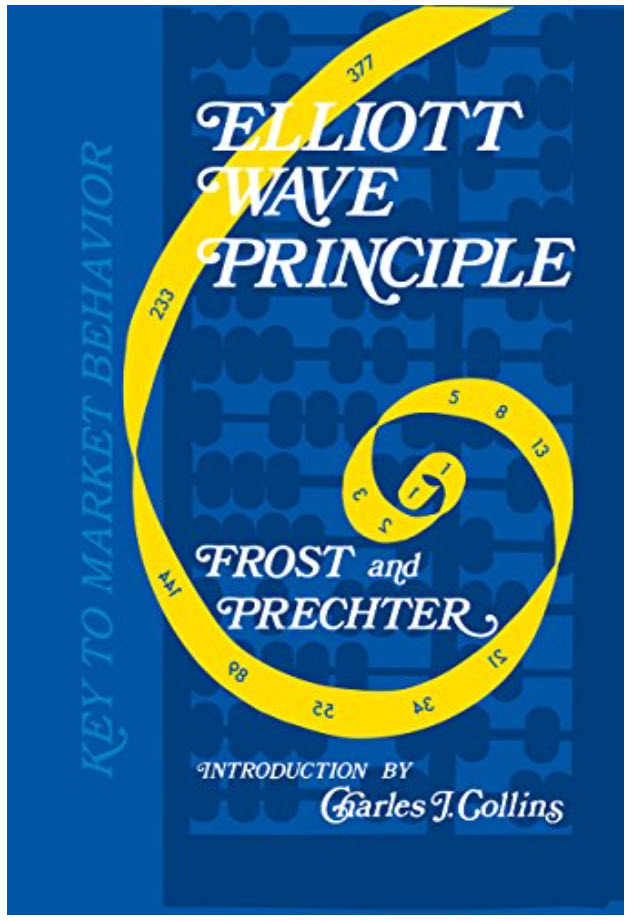[vc_row][vc_column][vc_column_text]Lorem ipsum dolor sit amet, consectetur adipiscing elit. In at congue nibh, vehicula lacinia urna. Ut ultrices turpis massa, quis lobortis neque facilisis ornare. Suspendisse commodo nulla lorem, a ultricies neque fermentum sit amet.[/vc_column_text][/vc_column][/vc_row][vc_row][vc_column][vc_column_text]
Developed from Sid’s educational webinar series, the presentation is entitled: “Early Detection of Trend Changes Utilizing a Combination of Elliott Wave, MACD, & Japanese Candlesticks” . Covered Topics are:
- A quick history of the wave principle
- What causes price movement (waves) in the markets
- Diagrams and real examples of the essential wave structures
- How to label the waves
- The rules and guidelines of the wave principle
- The different types of impulsive and corrective structures, and how to distinguish between them
- How to draw and use R.N. Elliott’s trendlines
- The mass psychology behind each wave type
- Leonardo Fibonacci’s “sequence”, and resulting “golden mean”
- Setting Fibonacci retracement, extension, and relationship targets
- The most common Fibonacci relationships between waves
- The MACD indicator, and how I use it to assist in developing better Elliott Wave counts
- The most potent Japanese Candlestick patterns
- Putting it all together: How I use a combination of Elliott Wave (which includes Fibonacci targets and trendlines), MACD, and – – Japanese Candlesticks to provide early detection of changes in the trend.
Throughout the 2-hour session, Sid shows examples of the concepts presented on real charts of the SPX, Euro, Gold, Oil, etc.[/vc_column_text][/vc_column][/vc_row]


